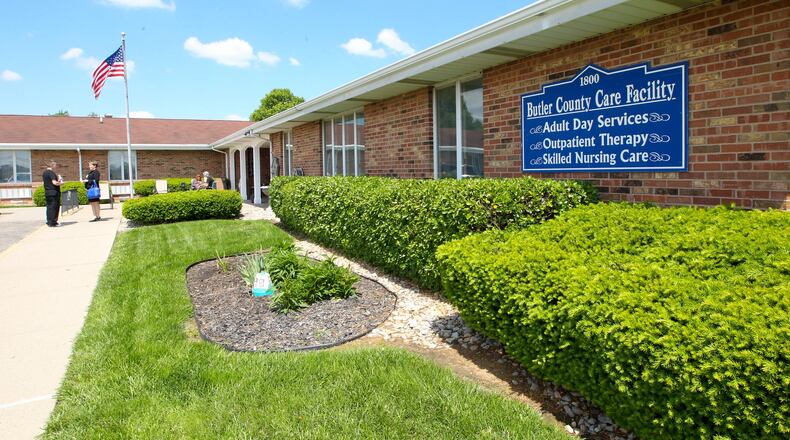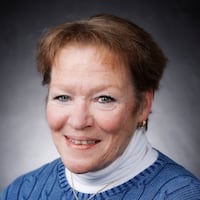County Administrator Judi Boyko reminded them on Monday they have yet to allocate money for the program cycle that started on May 1. She said they also still have some unspent money from 2019, 2020 and last year.
She recommended they allocate $54,223 from the 2020 stipend to complete the generator project at the Care Facility and possibly replace some individual HVAC units in patient rooms. The commissioners are getting out of the nursing home industry and need to ready the building for its new use.
“With the likely reuse of the Care Facility for a crisis stabilization center or some other type of modeling of stabilization, these repairs and safety measures I think will be productive and I think practical for that use,” Boyko said.
She recommended they roll $95,599 from the other years into this year’s allocation. The county has $1.3 million in CDBG and $856,804 in HOME money to award.
Commissioner Cindy Carpenter balked at the idea, saying the money should not be used to fund projects at county-owned facilities. She said it “seems to be a money grab sometimes” by the Care Facility.
She said the county has around $100 million in the general fund so they can afford to pick up the Care Facility project, “that’s taking it away from parts of the community that don’t have the funds to pay for their projects, I just don’t think that’s right.” She said it is legal and “all the reasons for improving the Care Facility are valid” but said she is “very uncomfortable when we use the funds that were given for specific purposes it appears to me to subsidize a county government department.”
Over the past five years the county has used $890,000 worth of CDBG money on various projects at the county nursing home, the YWCA received the second highest funding amount at $448,000 for the new facility. They have awarded $1.75 million to 14 cities, villages and townships out of the nearly $4 million total since 2017.
Commissioner Don Dixon said the term money grab is “offensive” and the new crisis center will serve the poor, the homeless and others in need, which is the intent of the block grants.
“You’re entitled to your opinion but you’re entirely wrong,” Dixon said. “These monies are made available to help the underserved and it’s exactly where it’s going... This is a whole different program and application we’re talking about, right, this new repurposing. It’s not something that’s ever been funded.”
Dixon told the Journal-News they aren’t taking anything away from the communities since these are “leftover” funds and it will further the goal of all three commissioners to provide services for mental health, drug addiction and possibly family training in wraparound services “so they can get out of poverty and get to something that makes a more livable life for them.”
The CDBG monies are designed to help the low-to-moderate income bracket, this facility would do that directly, many of the projects communities submit are infrastructure work in LMI neighborhoods.
Commissioner T.C. Rogers told the Journal-News he agreed with Dixon that the $54,223 should be used on the Care Facility repurposing effort.
“That is a Butler County facility which serves the whole county, so for the dollars spent I think it gets a maximum exposure to the rest of the county,” Rogers said.
This year the county veered off the traditional path it has taken, which was to have a committee — comprised of representatives from the Development Department, Job and Family Services, the county engineer, Water & Sewer and development staff — make recommendations. The commissioners have not always followed the recommendations.
When Boyko mentioned they still have to decide who will get this year’s funds, Carpenter suggested they should return to the committee system but said she doesn’t like the composition of the panel.
“To me that committee doesn’t represent the communities in the county,” Carpenter said.
Development Director David Fehr said it is good for example to have Water & Sewer Director Martha Shelby on the committee because when communities request funds for infrastructure because she knows the broader picture of future projects that can help in making recommendations. He told the Journal-News they are considering adding some other members.
“One of the challenges for us is we wouldn’t want somebody that’s receiving funds to also be on the selection committee,” Fehr said. “We don’t mind trying to change the makeup of that committee, and it’s not a HUD requirement. It’s just something we’ve initiated over the years to try and vet the projects.”
Fehr said the commissioners will need to make their picks in the next couple weeks because there are HUD guidelines they need to follow, such as a 30-day comment period once the choices have been made.
About the Author

